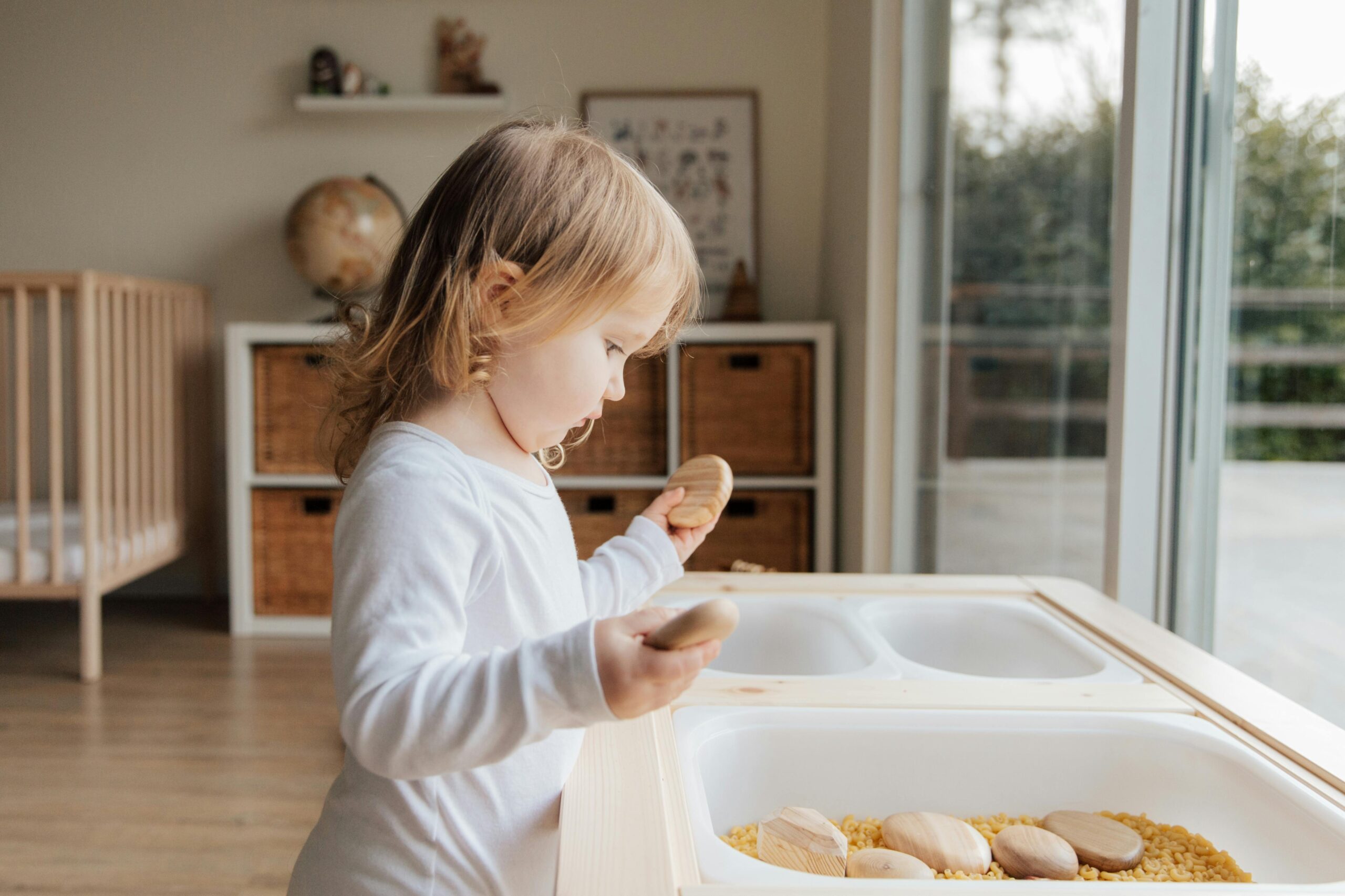Sensory Play in 2025: 15 Ultimate Expert-Backed Ideas for Smarter, Happier Kids

Sensory play is more than just fun—it’s a powerhouse of child development. Engaging your child’s senses through structured and unstructured activities boosts cognitive function, improves coordination, and nurtures emotional intelligence. In 2025, experts continue to emphasize the importance of sensory play as a foundation for lifelong learning.
Whether your child is squishing playdough, feeling different textures, or listening to calming sounds, each activity helps build essential neural connections in the brain. Here’s everything parents need to know to start—and elevate—sensory play at home.
What is Sensory Play?
Sensory play includes any activity that stimulates a child’s senses—touch, smell, sight, sound, and taste—along with movement and balance. These experiences help children process the world around them while sharpening their fine and gross motor skills, coordination, and spatial awareness.
From infancy to early school years, sensory play adapts to your child’s developmental needs, making it a flexible and essential learning tool.
Benefits of Sensory Play In 2025
Scientific research and child development experts consistently highlight the wide-ranging benefits of sensory play:
🧠 Enhances brain development through multi-sensory stimulation
🖐️ Improves fine motor and gross motor coordination
🗣️ Encourages language, communication, and social interaction
😌 Calms anxious or overwhelmed children by providing soothing input
🎨 Sparks imagination and problem-solving skills
Engaging in sensory play also lays the foundation for academic readiness, especially in areas like pre-writing skills, spatial awareness, and focus.
Top Sensory Play Ideas by Age Group
Here are expert-backed activity suggestions tailored to each developmental stage:
👶 Babies (0–1 year)
Soft fabric swatches for texture exploration
Sound rattles with varying pitches and tones
Mirror play to support visual and self-awareness development
👶🏼 Toddlers (1–3 years)
DIY sensory bins with rice, lentils, or beans (supervised)
Playdough and squishy toys to build hand strength
Water and bubble play for tactile and visual fun
🧒 Preschoolers (3–5 years)
Colored spaghetti or gel-filled bags for creative tactile play
Scented shaving cream art for sensory-rich painting
Sound bottles with different materials (beans, bells, beads) to explore auditory senses
👦🏽 Foundation & Beyond (5+ years)
DIY kinetic sand kits to strengthen hands and fingers
Frozen excavation blocks (toys in ice) for temperature and fine motor stimulation
Texture hunts around the house using a checklist or scavenger game
🏡 Setting Up a Sensory Play Station at Home
You don’t need a fancy setup to make sensory play effective. Here’s how to create a simple, engaging space:
Designate a safe, easy-to-clean area (kitchen corner, balcony, or play mat)
Use trays, bins, or shallow tubs to contain the mess
Keep cleaning supplies nearby for quick post-play cleanup
Rotate materials weekly to keep activities exciting
Store small parts in labeled containers for organization
Pro Tip: Add background calming music or nature sounds to enhance multi-sensory stimulation.
🛡️ Safety Tips for Sensory Play in 2025
With safety being a top concern for parents, here are modern safety tips to follow:
Always supervise younger kids, especially around small parts or liquids
Choose non-toxic, taste-safe materials, especially for toddlers who mouth objects
Be mindful of allergy risks with food-based items like flour, peanut butter, or dairy
Sanitize reusable materials (like bins, tools) after each session
Introduce one new sensory element at a time to observe reactions
❓ FAQs
Q: Is sensory play necessary for all children?
Yes. Sensory play supports emotional regulation, language growth, and motor development. It benefits children across all learning stages and abilities.
Q: How long should sensory play last?
Anywhere from 10–30 minutes, depending on your child’s age, attention span, and the type of activity.
Q: Can sensory play help with speech development?
Absolutely. Sensory experiences encourage verbal interaction, labeling objects, and question-asking, which directly support speech and language skills.
Q: What materials are safe for DIY sensory bins?
Consider dry rice, lentils, pasta, cotton balls, pom-poms, foam shapes, and water beads (age-appropriate and supervised).
💬 Final Thoughts
Sensory play isn’t just a trendy parenting term—it’s an evidence-based way to help your child thrive emotionally, physically, and mentally. In 2025 and beyond, making sensory experiences a daily habit builds resilience, focus, and joy in learning.
Make it simple. Make it consistent. And most of all—make it fun.
